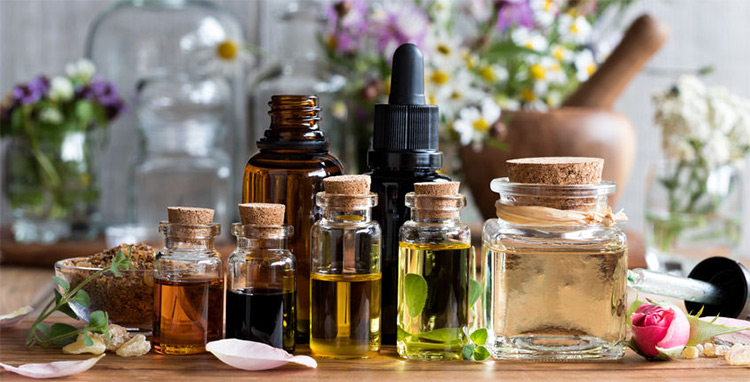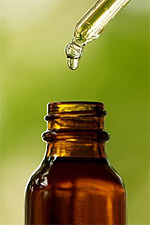How to Substitute Essential Oils in Aromatherapy Recipes and Blends

Over two hundred essential oils, absolutes, resins, CO2s and carrier oils are used in aromatherapy work. There are other essential oils, absolutes, etc. that exist that are not safe for aromatherapy use. With such a large number of readily available oils, it is cost prohibitive for most people to have every available oil.

When finding aromatherapy recipes online or in books, you may not always have all the oils that are called for in the recipe. That doesn't mean that you can't try creating the recipe with other oils that you may have. The aroma or therapeutic outcome will not be identical to the original recipe, but you can often get similar results by carefully substituting an oil that you do have on hand.
Be sure to always research the safety information for each oil that you are considering using and also familiarize yourself with general essential oil safey guidelines.
Aromatic Essential Oil Substitutions
When substituting an essential oil in an aromatic blend where your goal is strictly for its aroma and not for a therapeutic, emotional or physical purpose, select an oil from the same family of oils (i.e. citrus, floral, spicy, earthy, etc.) as the oil you are substituting for. For instance, if you need a substitute for the essential oil of mandarin, the essential oil of sweet orange will provide a somewhat similar aroma. If you need to substitute for rose otto (steam distilled rose essential oil), rose geranium or ylang ylang are not perfect aromatic substitutes, but it can give a suitable result.
Some essential oils aroma much more potent in aroma than others, so the aromatic strength of the original oil and the substituted oil should be kept in mind.
Below are a few oils that will give you examples for aromatic substitutions. Even for aromatic blending, you still need to be aware and follow all safety precautions for the oils that you choose.
- Lemon / Grapefruit
- Tangerine / Sweet Orange
- Neroli / Jasmine Absolute / Ylang Ylang (Neroli, Jasmine Absolute and Ylang Ylang are aromatically quite different aside from their intense floral aroma, but they can be substituted for one another in a pinch.)
- Lavender / Lavendin
- Peppermint / Spearmint
- Benzoin Resin / Vanilla Absolute or CO2 Extract
- Cinnamon Bark or Cinnamon Leaf / Clove
Therapeutic Essential Oil Substitutions
For therapeutic substitutions, the guidelines differ from those of aromatic substitutions. Of course you want to create a blend that has a pleasing aroma, but the goal in therapeutic blending applications is to substitute one oil with similar therapeutic benefits for the oil that you do not have. The aroma of the substituted oil can be quite different than the original oil as long as the aroma is still pleasing to work with.
Be sure to pay close attention to the desired therapeutic action of the original oil and substitute it for an oil that has the same action but that does not introduce any new contraindications or safety hazards.
The Essential Oil Profile Directory on AromaWeb lists aromatic descriptions and the uses for particular oils. Books such as The Illustrated Encyclopedia of Essential Oils by Julia Lawless provides greater detail including safety information, therapeutic actions and aromatic descriptions for 165 oils. Such a resource can be quite helpful in properly substituting one oil for another.
Aromatherapy Blending Guide:
- Part 1: Introduction to Blending Essential Oils
- Part 2: Aromatic Blending of Essential Oils
- Part 3: Formulating Masculine/Earthy Aromatherapy Blends
- Part 4: Therapeutic Blending of Essential Oils
- Part 5: Working With and Blending Thick Aromatic Oils
- Part 6: How to Substitute Essential Oils in Aromatherapy Recipes and Blends (You Are On This Page Now)
- Part 7: Safely Diluted Essential Oil Blends May Seem Weak At First
See Also:
